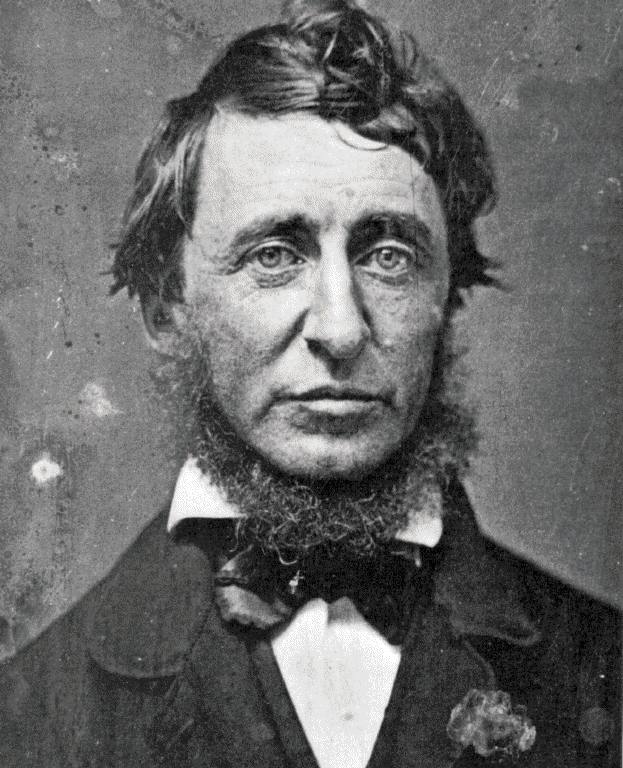|
The true text book definition of civil disobedience is the refusal to obey certain rules, laws, or government orders
in order to change the government's opinion on the opposed policy. Civil disobedience is usually characterized by a non-violent
protest, boycotts, or sit-ins.
|
 |
|

|
| Henery David Thoreau |
The main ideas of civil disobedience began when Henry David Thoreau wrote an essay called, "Resistance to Civil Government"
in May of 1849. In the essay Thoreau explains mainly how many American policies and institutions are of no use and are
only hurting the people of our nation. While he spends most of the essay discussing the negative affects of slavery and the
Mexican-American War, Thoreau also tells how we as people can use our thoughts and expressions to peacefully change the world.
He also gave presented examples of how he himself boycotted taxes by refusing to pay them and spend two days in jail. In all,
this essay is the main foundation for many of the beliefs of history's civil leaders.
|
 |
|
How is This an Example of Conflict and Compromise?
The theme for National History Day this year is "Conflict and Compromise". The topic of civil disobedience during
this time fits in to this theme because all acts of civil disobedience are described as peaceful conflicts with the laws,
policies, or actions of a government with the intent to come to a peaceful compromise over a solution that both ends of the
deal would be satisfied with. Overall civil disobedience is has been one of the best examples of "Conflict and Compromise"
through out history.
|
|
